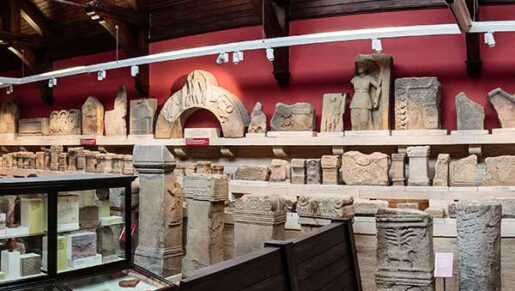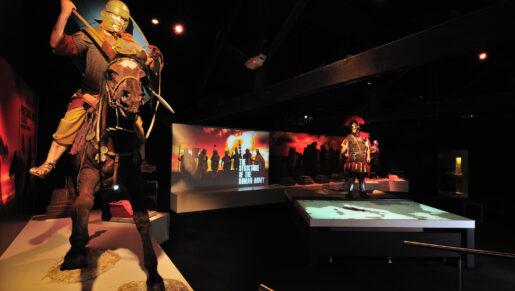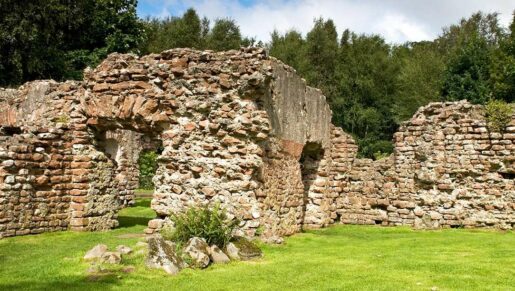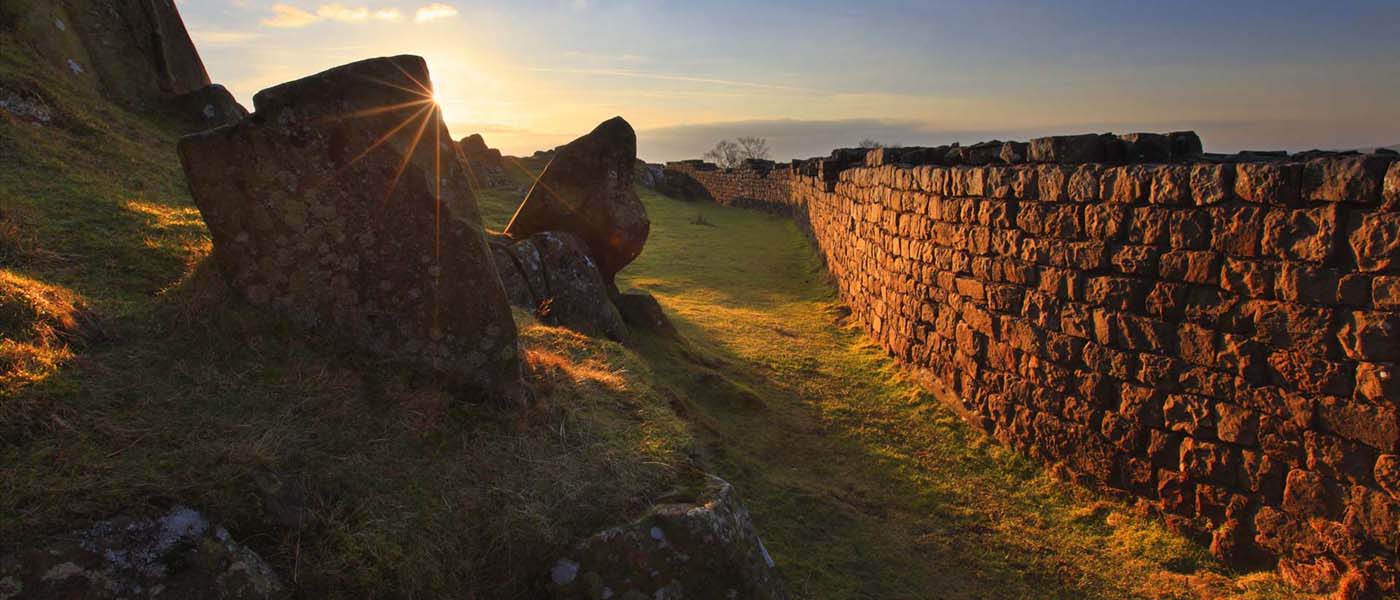
11 Must See Roman Attractions
Start Exploring
Hadrian’s Wall is the best preserved and most formidable of Rome’s great frontiers. Situated across over 100 miles of the World Heritage Site in the Coast, Countryside, and City, can be found key Roman sites and attractions. Visit these 10 Roman attractions to be transported back into the proud, pioneering heart of Rome.
1. Senhouse Roman Museum
In the West of the World Heritage Site at Maryport is, Senhouse Roman Museum. Dramatically sited on cliffs overlooking the Irish Sea in a former Royal Navy drill hall. Senhouse Roman Museum possesses an outstanding collection of artefacts, altars, and sculpture from the Roman fort of Alauna, part of the Frontier’s Western coastal defences. The collection, which was begun by the Senhouse family in the 1570s, is the oldest in the country. It is of international importance for Romano-British altars and sculpture. It is the largest group of Roman military altar stones and inscriptions from any site in Britain with unique examples of Romano-British religious sculpture.
From the reconstructed Roman watch tower you can survey the fort and enjoy stunning views beyond of the Lake District, Scotland and over the Irish Sea to the Isle of Man.


2. Tullie House Museum and Art Gallery
Travelling up the coast and towards the centre of Hadrian’s Wall is the great border city of Carlisle. A city of Roman Foundation, Carlisle was once known as Luguvallium. On the site of the Roman fort now stands Tullie House Museum and Art Gallery. In the British Museum Partnership Gallery is The Roman Frontier: stories beyond Hadrian’s Wall. Here the story of Rome’s north west frontier from the first arrival of the Romans in northern Britain to the end of the Roman occupation is revealed. Family friendly exhibits enable visitors to explore the impact of the Roman occupation helping to make comparisons with modern frontiers. Other galleries in the museum explore Cumbrian history, archaeology, wildlife, and art.
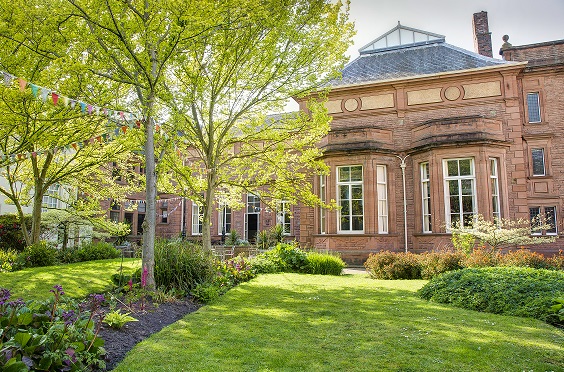

3. Birdoswald Roman Fort
In the Carlisle area this site is a must, Birdoswald Roman Fort. Situated in the iconic part of Hadrian’s Wall Country, Birdoswald (known as Banna to the Romans), has been occupied since the times of Hadrian. Gilsland to Birdoswald is one of the best and longest surviving stretches of Hadrian’s Wall, with extensive remains of the Roman Fort, dark age Great Hall and fortified medieval farm. Starting at Birdoswald is a circular walk that takes in not only the Wall, Fort, milecastles, and turrets. But also a Roman bridge over the River Irthing, wildlife, an orchard and clear evidence of the turf wall that preceded Hadrian’s Wall itself.
Birdoswald has a new exhibition in the visitor centre. Current visitors to Birdoswald will also have the opportunity to see the past unfold before their eyes at the summer archaeological excavations, as the 2,000 year old history hidden beneath the soil is revealed.

4. Roman Army Museum
Beside Magna Roman Fort and Hadrian’s Wall at Greenhead, is The Roman Army Museum. The extensive museum gives the whole family a fantastic introduction to the Roman Army and Hadrian’s Wall.
Here you can immerse yourself in life as a Roman soldier with the Roman Army Museum’s galleries, artefacts, videos, reconstructions, and holographic classroom. In the cinema, put on your watch the award-winning Eagles Eye film! The museum uses modern technology to bring the harsh realities of life on the frontline into sharp focus.
Adjacent to the museum buried under lush grass is the fort of Magna. The fort holds the keys to understanding the biggest questions about the people of the Roman frontier. Magna has it all and includes half a milecastle, part of Hadrian’s Wall, the Vallum ditch, a large town, rubbish dumps and pits, cemeteries and the fort itself. It’s the junction point between three Roman roads, the Military Way, the Stanegate and the Maiden Way. The site covers an area larger than the famous Vindolanda and has the same preservation layers of organic remains and it is now under threat from climate change.

5. Roman Vindolanda
As one of Europe’s most important Roman archaeological sites Roman Vindolanda Fort is a must see. It houses a unique collection in the museum and has a fantastic site to explore. Sitting on the Stanegate Road, just south of Hadrian’s Wall, Vindolanda is owned by the Vindolanda Charitable Trust. The on-site museum is filled with artefacts solely found whilst excavating at Vindolanda. The site also holds full-scale replica sections of Hadrian’s Wall to give an idea for size and scale.
This site contains astonishing Roman remains, superbly preserved artefacts and exciting live excavations available to visit April – September. At the fort and museum, you can explore life on the edge of empire. See Vindolanda’s famous Writing Tablets, watch live archaeology from April to September, see reconstructions and more, in the central heart of beautiful Hadrian’s Wall Country.
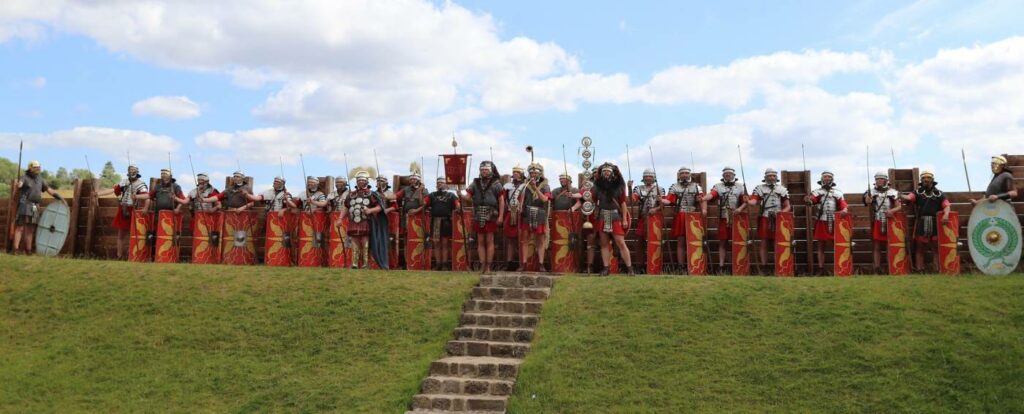

6. Housesteads Roman Fort
Perched on a dramatic escarpment with panoramic views, sits Housesteads Roman Fort. Walk the Wall and explore the ancient fortress. Plus visit the museum’s mini-cinema to enjoy a journey through time.
Known as Vercovicium to the Romans, Housesteads is among the most exposed Roman remains on Hadrian’s Wall. Once described as “The Grandest Station” you can wander the barrack blocks and the hospital. Peer into the ancient communal Roman toilets and admire the stunning panoramic views of this World Heritage Site from this ancient fortress. The interactive museum managed by English Heritage showcases objects once belonging to Roman soldiers, and the mini-cinema will take you on a journey through time. Younger visitors can meet Felix, a character of the Fort who will guide them around the Museum.

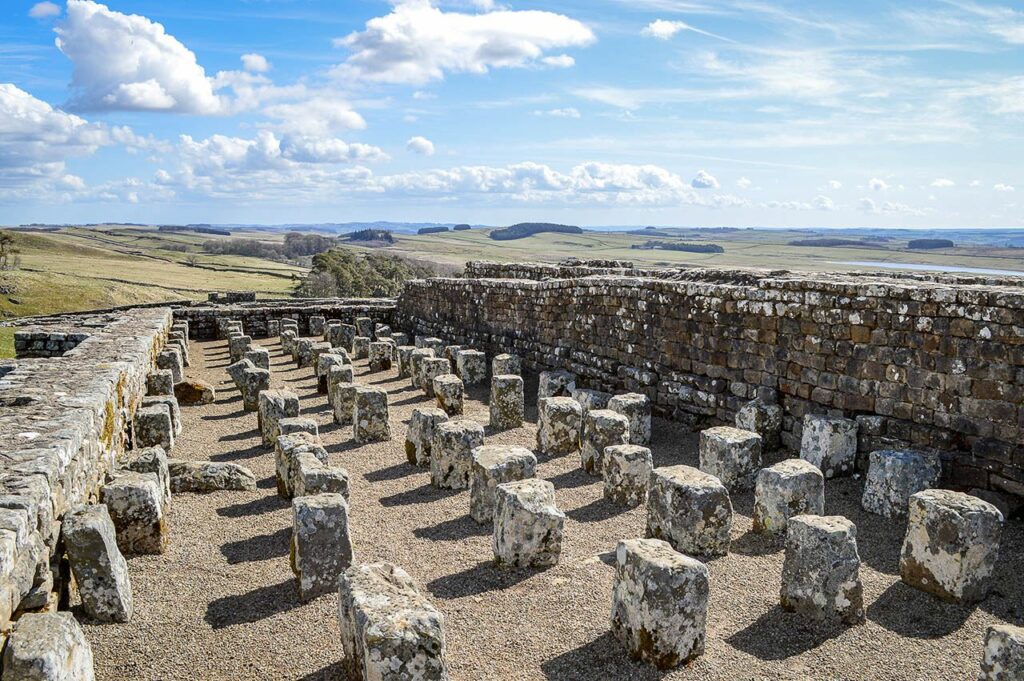
7. Chesters Roman Fort
Set in a valley of the idyllic North Tyne River is the most complete Roman cavalry fort in Britain, Chesters Roman Fort.
The cavalry fort is well preserved and exposed for visitors to explore, leading to a spectacular bathhouse. The Bathhouse was not only a place to relax for Roman soldiers, but is a peaceful place for modern visitors to enjoy. The site was home to the Wall’s Victorian saviour, John Clayton. Chesters is home to an excellent collection of finds from across the Wall which make up the “Clayton Collection”. Housed in the victorian Clayton Museum and steeped in stories.
Wood of the Well: Imagined Carvings for Coventina is on display in the museum this year. Featuring contemporary woodwork created by Philip Luscombe, inspired by the many offerings made to Celtic goddess Coventina. Coventina’s Well was discovered in the late 19th century, and contained coins, altars, jewellery and pottery, all offered to the goddess and many of these finds are on display in the Clayton Museum.

8. Corbridge Roman Town
At Corbridge Roman Town you can walk the streets of the once bustling Roman settlement of Coria. Housed in the museum is see the Corbridge Hoard, one of the most influential Roman ‘Time Capsules’ ever discovered. With its fountain house, markets, workshops and temples, Corbridge shines a new light on the Romans and their culture.
Discover the changing lives of the town’s Roman residents through the objects that they left behind. Capture a sense of Roman Culture through new stories and explore how archaeological finds have developed our understanding of Hadrian’s Wall. All of the artefacts featured in the current exhibition were excavated from the town and helped to piece together the story of this unique place. Visit the special exhibition “Extraordinary Exploration – The Edwardian Discovery of Coria” about the Edwardian excavators and their descendants for the 1900th anniversary of Hadrian’s Wall.
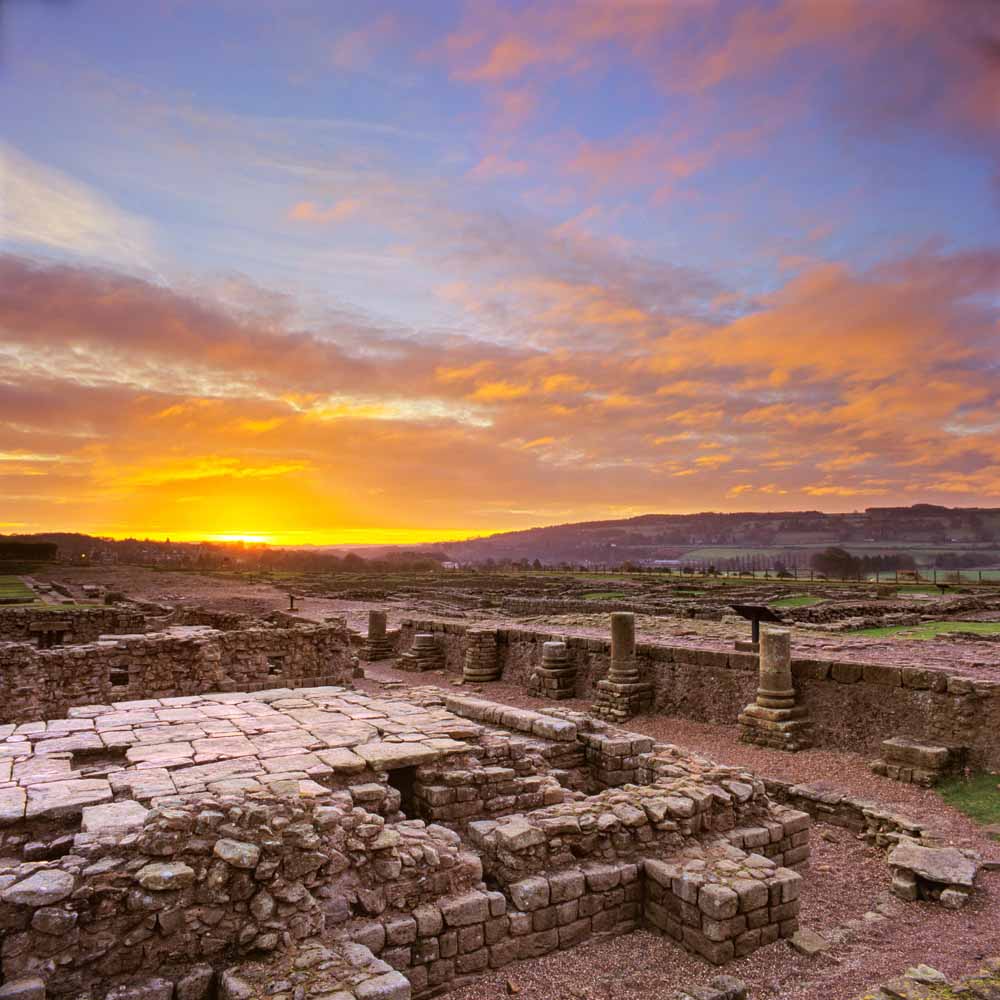
9. Great North Museum: Hancock
See the Wall at the Great North Museum: Hancock, Europe’s only venue with objects from every major site on the Roman frontier. Including, the inscription stone that proves Emperor Hadrian ordered the building of the Wall. Learn why, where and how the Wall was built, with the help of models, interactive screens and a huge array of artefacts. These include Roman inscriptions, jewelry, weapons, coins and all kinds of everyday items Roman used on the frontier.
A museum of natural history and ancient civilizations, in a city of Roman foundation, Newcastle upon Tyne. The museum for over century has been a gateway and excellent introduction to Hadrian’s Wall. The museum features a large-scale interactive model of the Wall and artefacts from the Temple of Mithras. New in 2022 is Roman Britain in Colour, seven stone altars are reimagined in the vivid colours that may have once adorned them with projection-mapped animations.
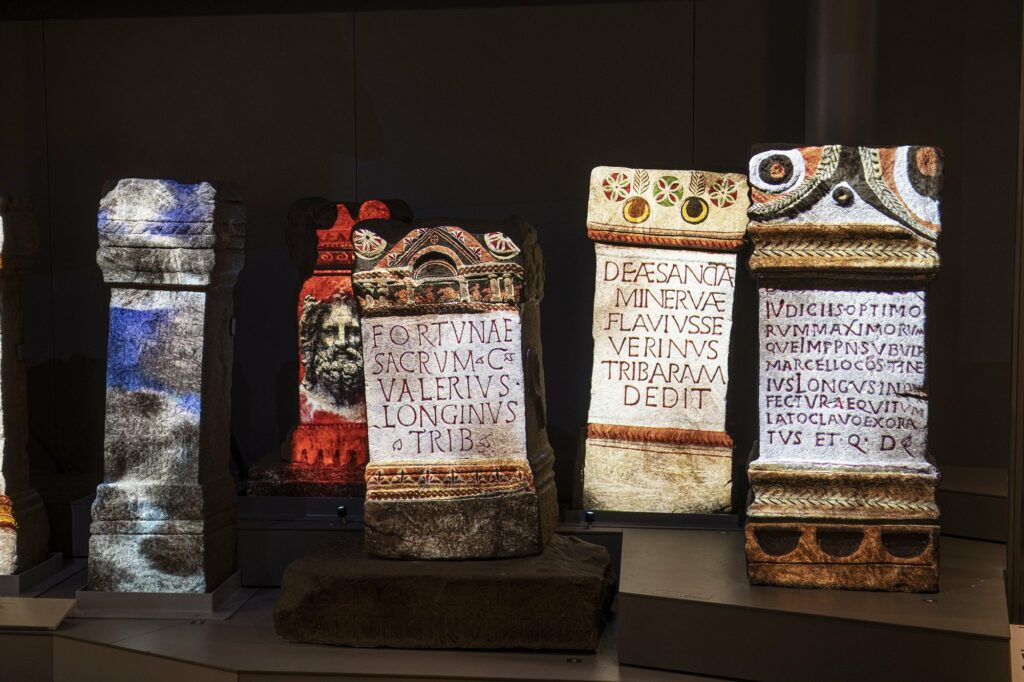

10. Segedunum Roman Fort
Discover Segedunum at the eastern end of Hadrian’s Wall at Wallsend, in North Tyneside, the most excavated fort on Hadrian’s Wall. Explore the large archaeological park and museum, and climb a reconstructed section of Wall. From the 35m viewing tower, look out across the former fort to see the outlines of barrack blocks and stables, the headquarters building and the commander’s house, and take in spectacular views of the River Tyne and surrounding area.
The museum features reconstructions of the fort and interactive displays, while the outdoor site includes a full-scale reconstruction of a Roman bathhouse (currently closed due to essential maintenance) and an 80 metre section of original Hadrian’s Wall. Outside the entrance to the museum, Sentius Tectonicus, a monumental steel sculpture of a Roman Centurion by John O‘Rourke and installed in 2017, maintains a watchful gaze.

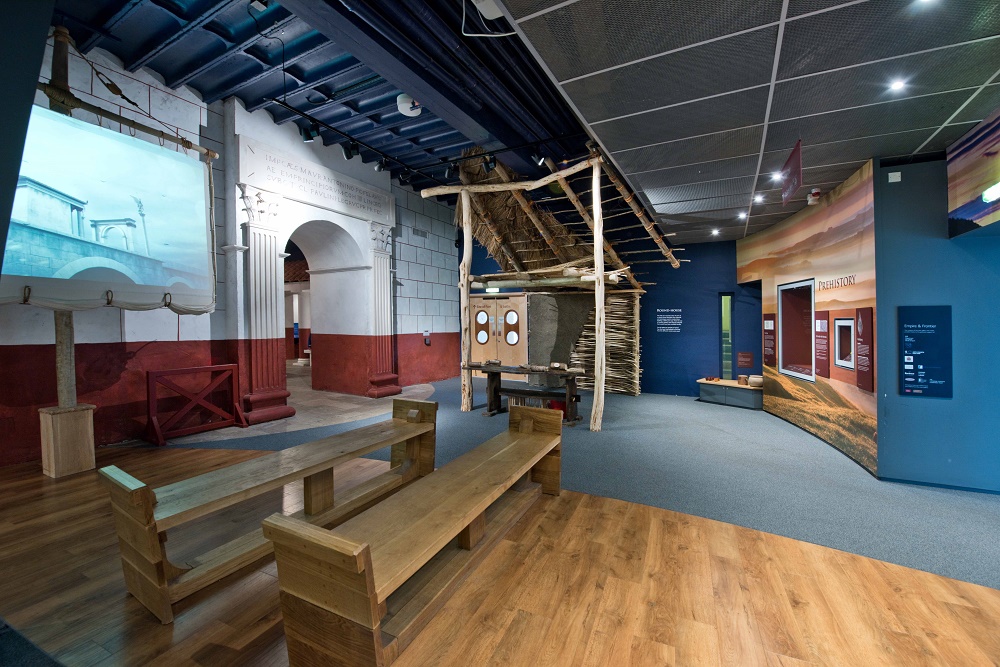
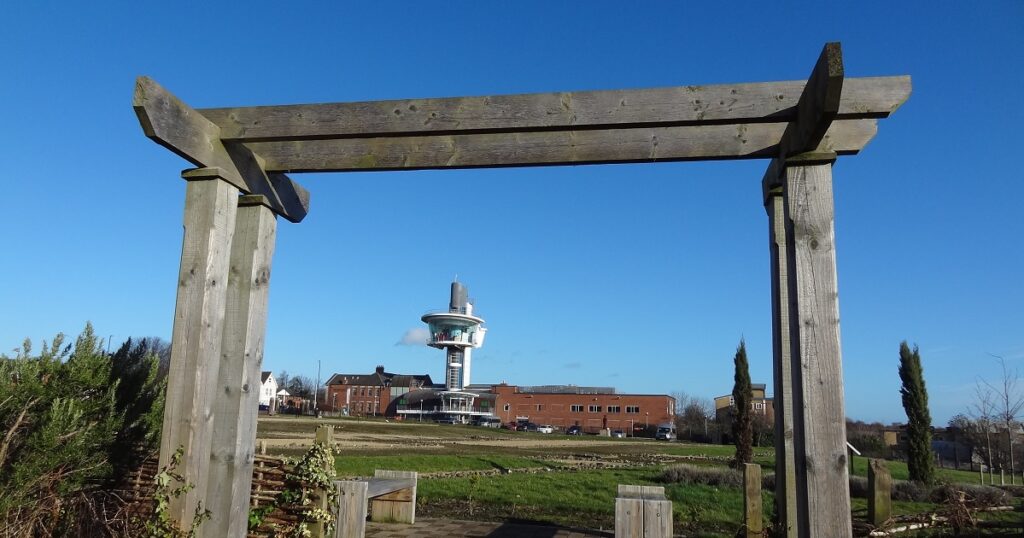
11. Arbeia
See full-size reconstructions of a commander’s house, a gatehouse and a barrack block at South Shields’ Arbeia Roman Fort. Once the busy supply base for Hadrian’s Wall, the Roman fort at Arbeia guarded the entrance to the River Tyne. It received goods from across the North Sea and along the east coast for the thousands of Roman troops stationed along Hadrian’s Wall.
The foundations of granaries, barracks and the headquarters buildings can be clearly made out. The museum showcases a unique collection of objects found during the on-going programme of excavations at the site, with some of the finest artefacts from Roman Britain including the Regina tombstone, belonging to a local Celtic woman. Artefacts from the site illustrate the cosmopolitan nature of Hadrian Wall’s changing population.

Reconstructed West Gate, Arbeia
Credit and Copyright ©: Colin Davison +44 (0)7850 609 340 [email protected] www.rosellastudios.com
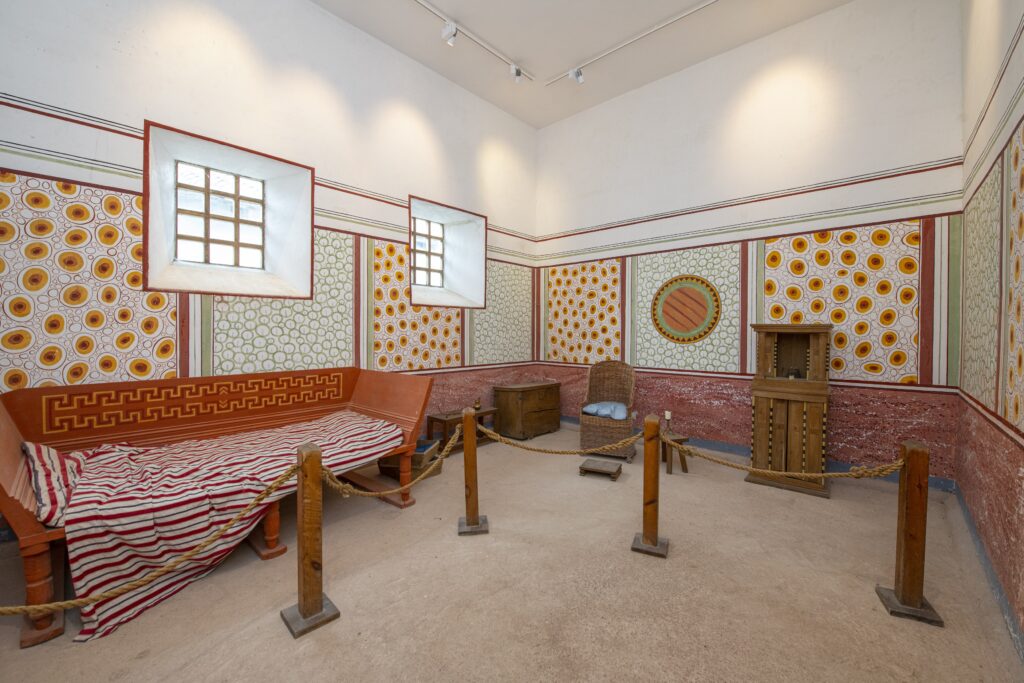
Room inside reconstructed Commanding Officer’s House, Arbeia
Credit and Copyright ©: Colin Davison +44 (0)7850 609 340 [email protected] www.rosellastudios.com
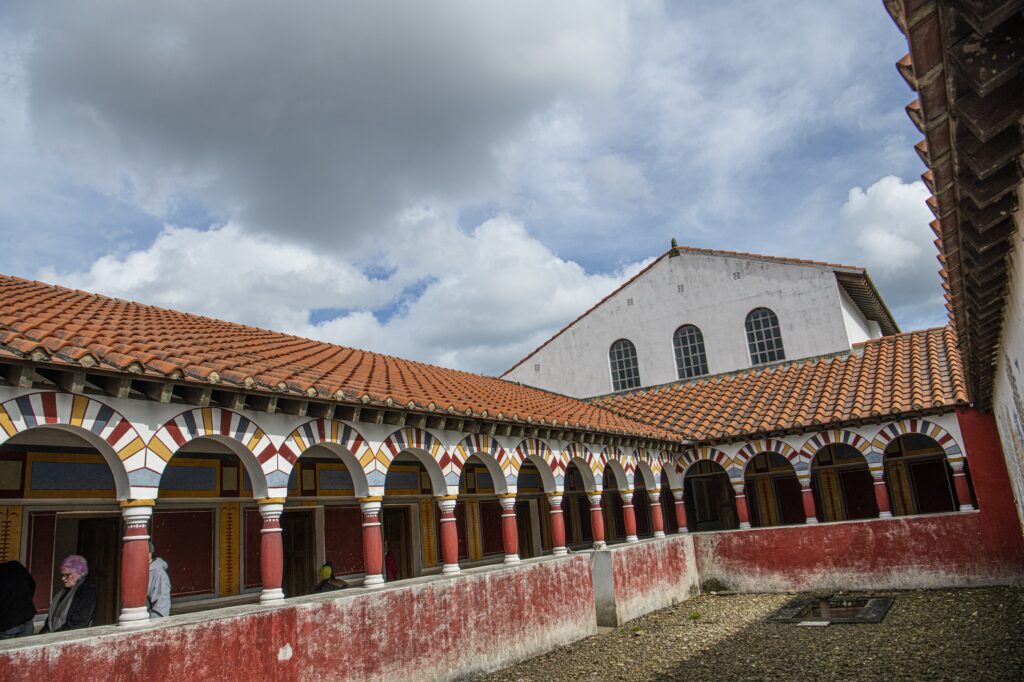
Courtyard of reconstructed Commanding Officer’s House, Arbeia
Credit and Copyright ©: Colin Davison +44 (0)7850 609 340 [email protected] www.rosellastudios.com
